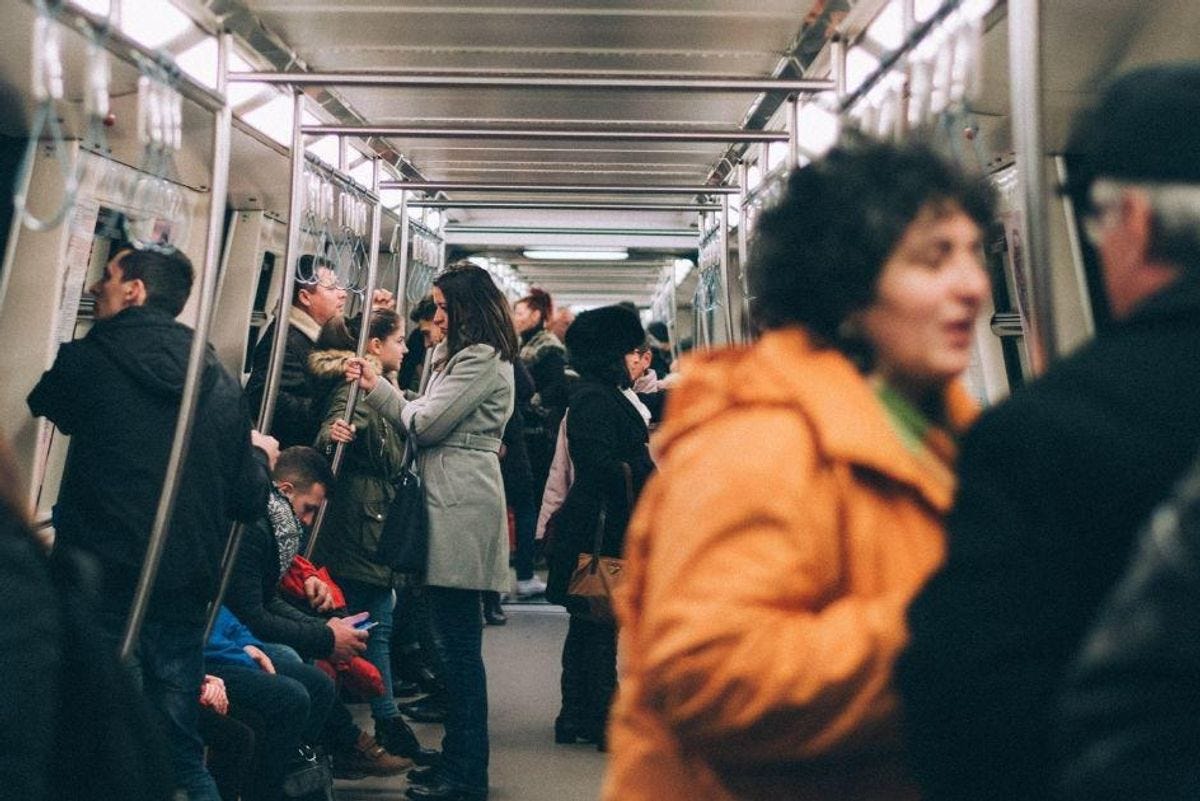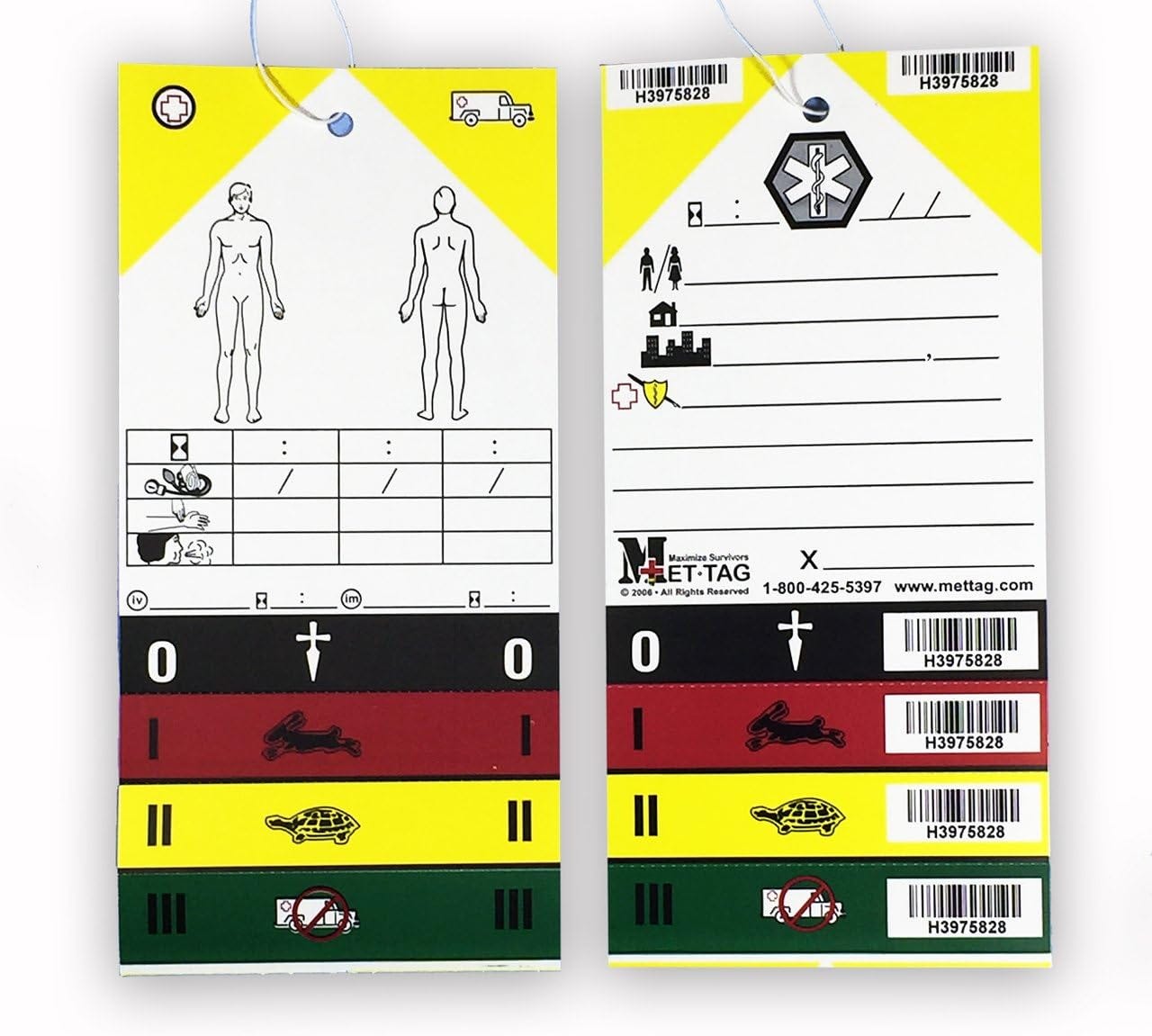The Myth of Moral Decay
How American Policy Manufactures Bystander Inaction
When someone collapses in public and the crowd hesitates, we’re told we’re living through an “empathy crisis”—a nation gone numb, atomized by screens, its moral fiber frayed. But the real story isn’t a collapse of conscience. It’s the visible output of a system that has spent decades turning compassion into a gamble with your future.
Every hesitation at the scene is the product of a dense, intentional lattice of law, protocol, and profit: dialing 911 in most cities now means inviting armed police before medics, so a plea for help is a bet that might escalate into violence—especially if you are Black, brown, undocumented, disabled, or simply “out of place.” Ambulance rides come with price tags that can crush a family’s finances overnight, and unpaid bills are swiftly flipped to collection agencies that extract what they can, compounding the harm. And at the margins, hospital forms and vendor contracts funnel personal data to law enforcement and ICE, making a moment of crisis a potential pipeline to deportation or arrest.
Even the bureaucratic hold music and scripted questions that delay help serve as signals that care is rationed, risky, and always provisional.
This is no accident. Every friction point and tollbooth is an offloading of institutional risk onto ordinary people, while revenue flows upward to private-equity ambulance conglomerates, debt buyers, police unions, and surveillance vendors.
It’s not that bystanders lack empathy. It’s that they have learned—sometimes through bitter experience—that stepping forward can trigger not just social awkwardness, but financial ruin, carceral escalation, or data-driven persecution.
Hesitation is not heartlessness, but self-preservation.
The same profit logic that puts a meter on emergency aid structures the entire architecture of exclusion in America: from redlining and convict leasing to algorithmic eviction and means-tested benefits, vulnerability is always treated as a resource to be mined. The systems that marginalize are continuously retooled by law, contract, and software—because exclusion, far from being an accidental relic, is a lucrative business model.
Our obsession with “deservingness” is just another face of this same design. Means-testing, eligibility audits, and recertification routines aren’t safeguards against waste; they are profit engines, diverting public money into the hands of consultants, software vendors, and gatekeepers who specialize in denial. As I unpacked in Beyond Deservingness, the loudest defenders of eligibility policing are rarely those who need the help, but those who profit from keeping help scarce.
Even surveillance, often described as a shadowy side effect, is a core lever of control. Seeking or rendering aid generates data that is routinely sold, cross-matched, or weaponized—whether in hospitals, welfare offices, or employment screenings. The result: every act of care becomes a potential risk exposure, governed by data-driven gatekeeping rather than solidarity.
The cumulative effect is engineered hesitation. It’s not that Americans have lost their hearts. It’s that the system has taxed, penalized, and policed compassion so thoroughly that risk itself is now embodied—felt as a tightening in the chest, a catch in the breath, a silent calculation about what comes next.
None of this is accidental, and none of it will be solved by “awareness campaigns,” new outcome metrics, or better dispatch scripts. Ambulance conglomerates, debt buyers, police unions, and tech vendors all profit directly from public inaction. Officials moralize about values and urge us to “be better,” but leave untouched the protocols, billing codes, and data contracts that make helping dangerous in the first place. Managed grief is easier to market than structural change, as I break down in Perverse Stability vs. Authentic Peace.
The evidence could not be clearer: where the barriers fall, solidarity returns almost overnight. Cities that have removed police from medical calls and replaced them with unarmed crisis teams see bystander help surge and trust rebuilt. Where ambulance fees are eliminated or capped, people call for help sooner. When legal firewalls are built around patient data, immigrants and marginalized communities become far more willing to seek care. From disaster mutual aid to lost-wallet studies, the results are always the same: when risk is stripped away, care and cooperation rebound. Compassion was never missing; it was simply blocked.
The work ahead is not to “fix” the hearts of individuals, but to dismantle the architecture that holds their compassion hostage. Every price tag, penalty, and protocol that stands between a bystander and the impulse to help must be abolished—not tweaked, not “reformed,” but uprooted. Empathy is not a finite resource to be coaxed from a reluctant public. It is abundant, latent, and always waiting for the rules to change.
If we truly want a society where care is reflexive and unhesitating, we must stop scrutinizing the crowd and start unbolting the structures that punish solidarity. The frozen crowd is not proof that Americans have stopped caring. It is evidence that risk, liability, and profiteering have privatized compassion and priced out mutual aid. Universality disincentivizes surveillance; the real solution is to bulldoze the tollbooths, not rearrange them.
A world where a stranger’s crisis prompts a rush of assistance is not utopian—it is inevitable, wherever we have the courage to tear down the barriers. Remove the penalties, and care returns. Solidarity is not lost; it’s only dammed up. The crowd moves not when hearts are changed, but when the rules are.
For those wanting to go deeper:



